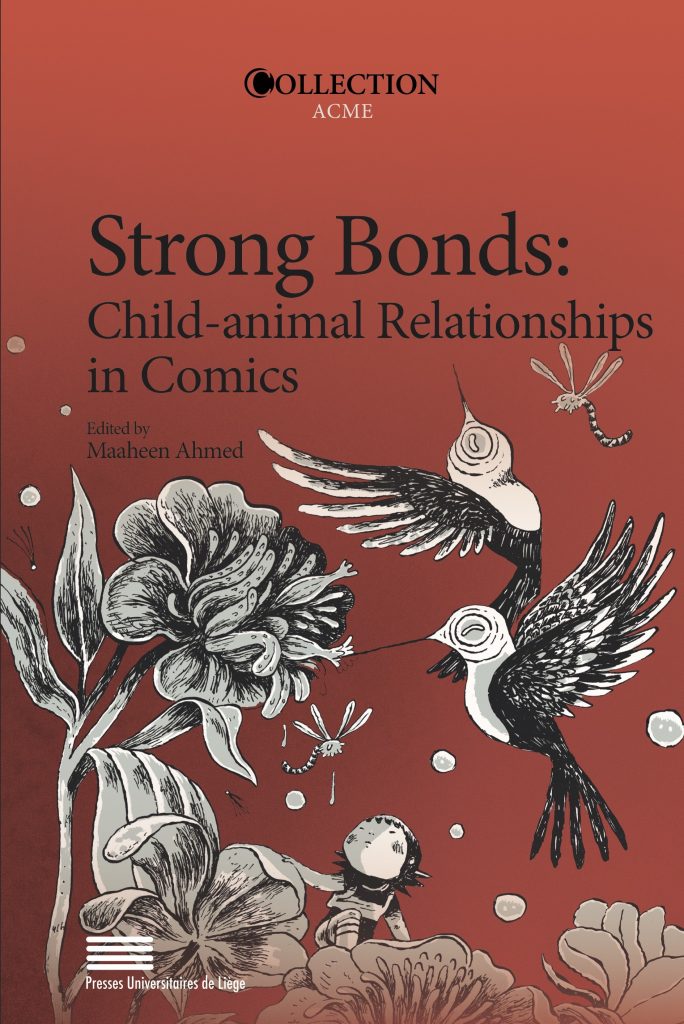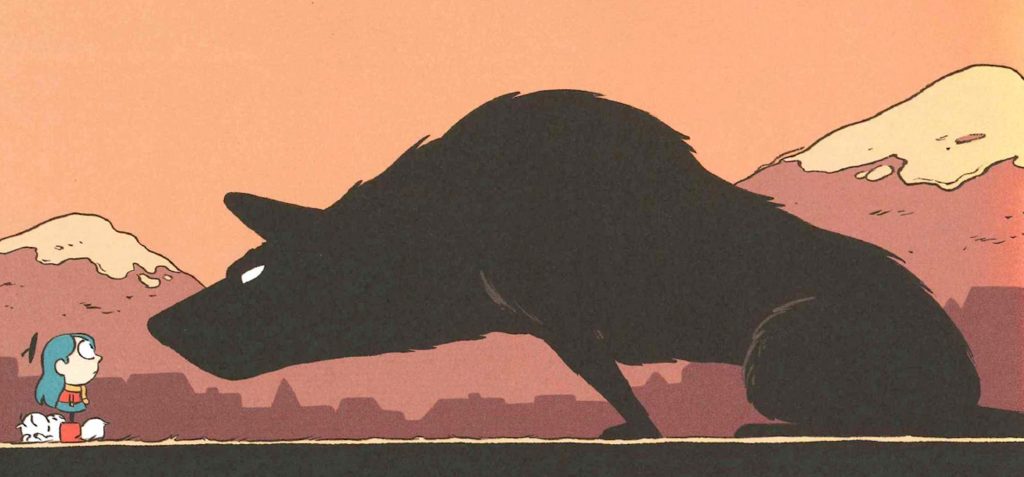
Click here to download book: ACME_6_Strong Bonds
Snoopy and Charlie Brown, Calvin and Hobbes, Tintin and Snowy… comics are home to many memorable child and animal figures. Many cultural productions, especially children’s literature and cartoons, stress the similarities between children and animals, similarities that have their limits and often place the child, as human, above the animal. Still, these fictional situations offer opportunities for thinking of child-animal relationships in diverse ways through, for instance, considering the possibilities of privileged contact between children and animals or of animals that are more knowledgeable and powerful than children and even adults.
Despite the prevalence and success of child-animal tandems in comics and culture, we know very little about these relationships. What makes them so popular? How do they work? How much do they vary across time and cultures? What do they tell us about the place of animals and children in comics and in the real world?
Strong Bonds: Child-animal Relationships in Comics takes a first, important step in this direction. Bringing together scholars with a diverse range of comics expertise, the volume’s chapters combine contextualized readings of comics with relevant theories for interrogating childhood and animalhood, their overlaps and divergences. The strong bonds between children and animals mapped out here point towards alternative modes of conceptualizing family and identity and, ultimately, alternative means of reading, interpreting and imagining.
With chapters on early comics (the Italian children’s magazine Corriere dei Piccoli during WWI, Harold Gray’s Little Orphan Annie) international and regional classics (Tintin, the Flemish Jommeke) and contemporary graphic novels (Bryan Talbot’s A Tale of One Bad Rat, Brecht Even’s Panther), this critical anthology sheds light on a vast array of child-animal relationships in comics from Europe and North America.
